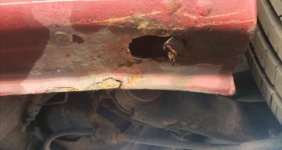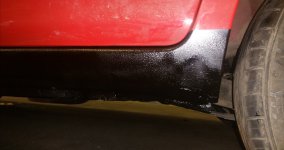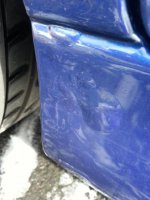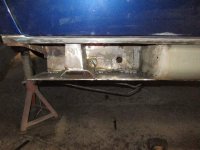Hi All
Whilst vigorously cleaning the 2005 Multijet sills as the weather has been dreadful of late I put my scrubbing brush through the sill, it looked perfectly ok just filthy but it appears that the only thing that was in tact was the Stone chip/Underseal that is painted body colour, underneath there is no metal left and it is all wet inside, is this a known problem as I could not find anything by searching.
The round rubber grommets that run along the under side of the sill are all present (other that the one I pushed through with the nail brush) has anyone any Idea where the water could be getting in ? as far as I can see there is only access via these grommets and the oval one high up in the rear wheel arch.
I am at a loss as I thought that these cars were dip galvanised
Any help gratefully received
Whilst vigorously cleaning the 2005 Multijet sills as the weather has been dreadful of late I put my scrubbing brush through the sill, it looked perfectly ok just filthy but it appears that the only thing that was in tact was the Stone chip/Underseal that is painted body colour, underneath there is no metal left and it is all wet inside, is this a known problem as I could not find anything by searching.
The round rubber grommets that run along the under side of the sill are all present (other that the one I pushed through with the nail brush) has anyone any Idea where the water could be getting in ? as far as I can see there is only access via these grommets and the oval one high up in the rear wheel arch.
I am at a loss as I thought that these cars were dip galvanised
Any help gratefully received







